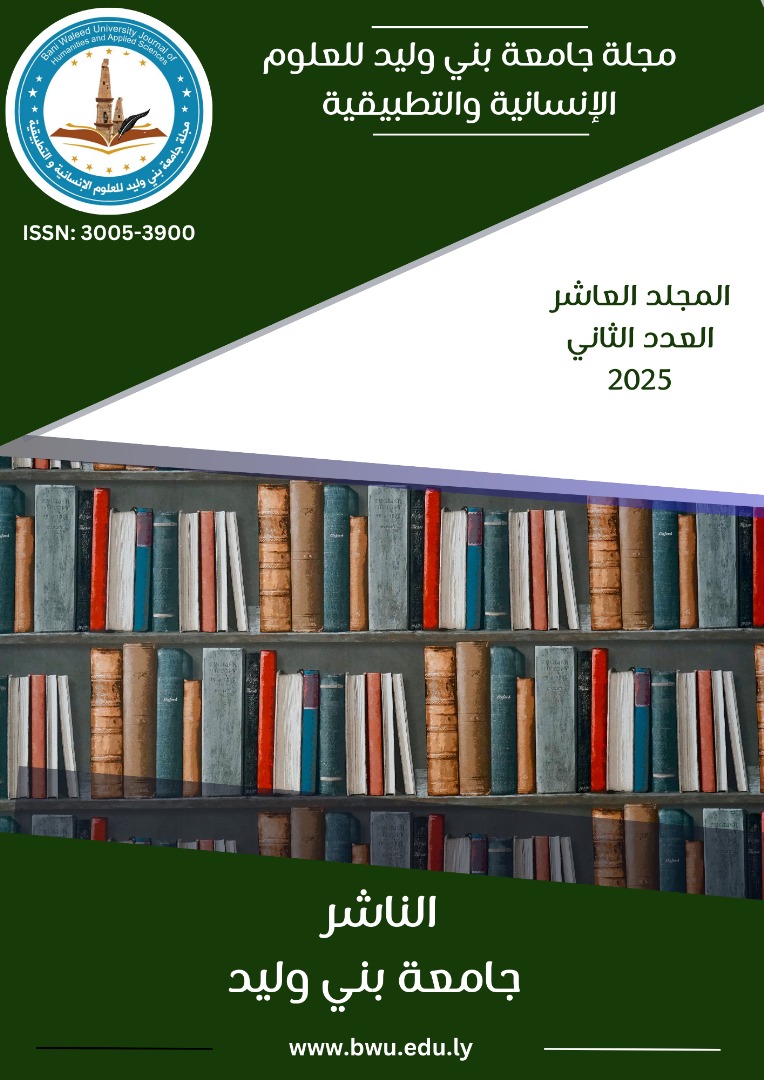HERBAL REMEDIES: THE SCIENCE AND TRADITION BEHIND MEDICINAL PLANTS
DOI:
https://doi.org/10.58916/jhas.v10i2.718Keywords:
Traditional, Medicine, Medicinal Plants, Phytomedicines, Antioxidant PotentialAbstract
Medicinal plants are used as a shape of treatment in almost each culture. ensuring the efficacy, safety, and fine of medicinal vegetation and herbal merchandise has emerged as a crucial difficulty in both evolved and developing nations (Davis, C. C., & Choisy 2024). The Bible and the Vedas both deal with the significant use of natural remedies and medicines. human beings have been using medicinal plants for thousands of years to deal with ailments, prevent epidemics, and preserve and taste food. each inside and among human societies, know-how of their therapeutic characteristics has been transmitted over the years. active chemical compounds created for the duration of secondary metabolism are generally chargeable for the organic characteristics of plant species which are used globally for a spread of functions, including the remedy of infectious illnesses. information at the antimicrobial effects of many flowers that were as soon as notion to be empirical have now been scientifically showed due to the increasing range of stories of pathogenic bacteria which might be resistant to antibiotics. products crafted from vegetation have the capacity to govern microbial increase in a number of situations, along with contamination treatment. whether or not used on my own or along with traditional antimicrobials, some of studies have tried to explain the chemical makeup of those natural antimicrobials and the mechanisms underlying their capacity to inhibit microbial boom.
Downloads
References
Busia, K. (2024). Perspectives on animal experimentation in herbal medicine research: ethical dilemmas and scientific progress. Journal of Herbal Medicine, 46, 100903.
Bharathy, P., & Thanikachalam, P. V. (2024). Harnessing traditional herbal medicine: molecular insights into diabetic wound healing for modern therapeutics. Digital Chinese Medicine, 7(4), 388-404.
Davis, C. C., & Choisy, P. (2024). Medicinal plants meet modern biodiversity science. Current Biology, 34(4), R158-R173.
Fadeyi, O. J., Akwu, N. A., Lekhooa, M., Hayeshi, R., & Aremu, A. O. (2024). Utilisation of medicinal plants for antifertility activities: A bibliometric analysis of research endeavours from 1968 to 2023. Phytomedicine Plus, 100580.
Hao, D., Wang, Y., Xiao, P., & Gu, X. (2024). Phylogenetic and spatial patterns of herbal medicine compounds: Which medicinal plants are phytochemically characterized?. Chinese Herbal Medicines.
Jabaseeli, N. B., & Umanandhini, D. (2024). Medicinal plant species detection by comparison review. Journal of the Saudi Society of Agricultural Sciences.
Jamshidi-Kia, F., Lorigooini, Z., & Amini-Khoei, H. (2017). Medicinal plants: Past history and future perspective. Journal of herbmed pharmacology, 7(1), 1-7.
Lambo, M. T., Ma, H., Liu, R., Dai, B., Zhang, Y., & Li, Y. (2024). Mechanism, effectiveness, and the prospects of medicinal plants and their bioactive compounds in lowering ruminants' enteric methane emission. animal, 101134.
Labban, L. (2014). Medicinal and pharmacological properties of Turmeric (Curcuma longa): A review. Int J Pharm Biomed Sci, 5(1), 17-23.
Lubbe, A., & Verpoorte, R. (2011). Cultivation of medicinal and aromatic plants for specialty industrial materials. Industrial crops and products, 34(1), 785-801.
Karunakaran, S., Anbu, H. P., Vijayakumar, K., Senthilkumar, S., & Dinakarkumar, Y. (2025). Traditional Herbal Medicines as a Preventive Strategy for Prediabetes and Metabolic Syndrome–A Comprehensive review. Pharmacological Research-Natural Products, 100199.
Mishra, G., Singh, P., Verma, R., Kumar, S., Srivastav, S., Jha, K. K., & Khosa, R. L. (2011). Traditional uses, phytochemistry and pharmacological properties of Moringa oleifera plant: An overview. Der Pharmacia Lettre, 3(2), 141-164.
Moghaddasi, M. S., & Kashani, H. H. (2012). Ginger (Zingiber officinale): A review. Journal of Medicinal Plants Research, 6(26), 4255-4258.
Pagare, S., Bhatia, M., Tripathi, N., Pagare, S., & Bansal, Y. K. (2015). Secondary metabolites of plants and their role: Overview. Current trends in biotechnology and pharmacy, 9(3), 293-304.
Payyappallimana, U. (2010). Role of traditional medicine in primary health care. Yokohama Journal of Social Sciences, 14(6), 57-75.
Przeor, M. (2022). Some common medicinal plants with antidiabetic activity, known and available in Europe (A Mini-Review). Pharmaceuticals, 15(1), 65.
Ramawat, K. G., Dass, S., & Mathur, M. (2009). The chemical diversity of bioactive molecules and therapeutic potential of medicinal plants. Herbal drugs: ethnomedicine to modern medicine, 7-32.
.Salmerón-Manzano, E., Garrido-Cardenas, J. A., & Manzano-Agugliaro, F. (2020). Worldwide research trends on medicinal plants. International journal of environmental research and public health, 17(10), 3376.
Sen, T., & Samanta, S. K. (2015). Medicinal plants, human health and biodiversity: a broad review. Biotechnological applications of biodiversity, 59-110.
Sharma, A., Khanna, S., Kaur, G., & Singh, I. (2021). Medicinal plants and their components for wound healing applications. Future Journal of Pharmaceutical Sciences, 13.14. 7(1), 1-13
Srivastava, A. K. (2018). Significance of medicinal plants in human life. In Synthesis of Medicinal Agents from Plants (pp. 1-24). Elsevier.
World Health Organization. (2013). WHO traditional medicine strategy: 2014-2023. World Health Organization
Zayan, M. M., Hassanien, M. K., Salm, O. A., Abdnaiem, S. M., Mohamed, A. S., Saeed, M. A., ... & Shalaby, E. A. (2025). Evaluation of antioxidant potential and active compounds of selected wild plants using four different assays. Food and Humanity, 4, 100476.
Zaynab, M., Fatima, M., Sharif, Y., Zafar, M. H., Ali, H., & Khan, K. A. (2019). Role of primary metabolites in plant defense against pathogens. Microbial pathogenesis, 137, 103728.









